In today’s hyper-connected world, data isn’t just another business asset—it’s the bloodstream of the digital economy. And like blood, when it leaks, the consequences can be catastrophic. Whether it’s a misfired email, an overzealous employee uploading documents to personal drives, or a sophisticated phishing campaign, the routes to data loss have grown more complex and relentless.
According to IBM’s 2024 Cost of a Data Breach Report, 83% of organisations encountered at least one data loss incident last year. That’s why Data Loss Prevention (DLP) has cemented its place as a cornerstone of modern cybersecurity strategy. This article explores how DLP works in 2025, the variety of tools available, the real-world challenges of implementation, and how new technologies like AI are reshaping the future of digital defence.
Understanding Data Loss Prevention (DLP) Fundamentals
What is Data Loss Prevention (DLP)?
DLP, or Data Loss Prevention, is a discipline within cybersecurity focused on detecting, monitoring, and preventing the unauthorised movement of sensitive information. This could include anything from financial records and trade secrets to personally identifiable information (PII).
Data is the new oil, but it leaks faster than ever.
Unlike buzzword-laden security tools that fade with time, DLP has proven its value repeatedly. In a digital landscape where data is constantly in motion—between endpoints, over networks, and through the cloud—DLP offers a unified approach to visibility and control. It is essential to understand the difference between data loss (often due to accidents or system failures), data leakage (usually unintentional disclosure), and data breach (a deliberate compromise). Each presents unique challenges, and DLP is the bridge that helps organisations navigate them.
According to Gartner, businesses that implement robust, context-aware DLP frameworks reduce accidental data exposure by up to 50%.
How Does DLP Work? (The DLP Lifecycle)
Data Discovery and Classification
At the heart of every effective DLP strategy lies data classification. You can’t protect what you can’t see. Data discovery tools scan across servers, endpoints, and cloud repositories to locate sensitive data—structured or unstructured—and tag it according to its value and risk.
In 2025, AI-enhanced tools like Microsoft Purview have automated this task. These platforms don’t just rely on regex and manual tagging—they understand context, user intent, and data lineage, providing a much more accurate foundation for enforcing policies.
Policy Creation and Enforcement
Once your data is classified, the next step is establishing policies that govern how that data is handled. Should it be shared externally? Can it be printed or copied to a USB drive? Policy engines allow organisations to tailor restrictions to the sensitivity level of the data, enabling business without sacrificing control.
The idea is to move beyond blunt-force blocks and into granular governance. Forcepoint, for example, provides flexible rulesets that evolve with user roles, locations, and activities. It’s not about saying “no” to users—it’s about guiding them to work securely.
Monitoring and Detection
Modern DLP solutions continuously monitor data flow across endpoints, emails, networks, and applications. What sets today’s tools apart is the integration of User Behaviour Analytics (UBA)—machine learning models that detect subtle anomalies in user activity.
For example, if an HR executive who usually logs in from London suddenly downloads hundreds of employee records from a VPN in Prague, DLP systems can detect this in real-time and respond. Proofpoint excels in this space, helping security teams get ahead of insider threats without drowning in false alerts.
Incident Response and Remediation
A policy breach isn’t just about blocking an action—it’s about managing the fallout. A mature DLP system will alert security teams, lock the data, initiate forensic capture, and in some cases, even encrypt or quarantine the information automatically.
Integrated with SIEM platforms, such as Splunk or IBM QRadar, DLP becomes part of a broader incident response playbook. It ensures that violations are contained, investigated, and resolved with speed and accountability.
Types of Data Loss Prevention (DLP) Solutions and Their Applications
Network DLP: Safeguarding Data in Motion
Network DLP focuses on monitoring and protecting data as it moves—whether via email, web traffic, file transfers, or APIs. Think of it as your organisation’s digital border patrol.
Traditional perimeter-based approaches are no longer sufficient in a world of SaaS and cloud-native operations. Tools like Symantec’s Network DLP have adapted by integrating with CASBs, providing visibility and control across both internal and external channels.
Endpoint DLP: Protecting Data on Devices
Endpoints—laptops, desktops, mobile phones—are where data lives and flows. Endpoint DLP ensures that sensitive data can’t be copied, printed, or uploaded outside secure environments. This is critical in Bring Your Own Device (BYOD) and hybrid work scenarios.
Solutions like Digital Guardian offer lightweight, cross-platform agents that monitor and enforce data handling policies on user devices, without disrupting productivity.
Cloud DLP: Securing Sensitive Data in the Cloud
Cloud-native DLP solutions secure data within services like Google Workspace, Microsoft 365, AWS, and Salesforce. These solutions are vital in multi-cloud environments where data sovereignty and compliance are under constant scrutiny.
McAfee MVISION Cloud provides centralised visibility into cloud usage and applies consistent policies across environments. It ensures that confidential information stays encrypted, monitored, and auditable—wherever it travels.
Storage DLP: Data-at-Rest Protection
Data-at-rest DLP secures stored information across file servers, backup systems, and document repositories. It’s your last line of defence—ensuring that even archived or dormant data is classified, encrypted, and protected.
DLP tools in this category integrate with database security platforms and file encryption tools to offer full lifecycle protection.
Key DLP Challenges and Best Practices
Common DLP Implementation Challenges
Despite its value, DLP isn’t plug-and-play. Common challenges include high rates of false positives, resistance from users who feel “watched,” and complexity in configuring and tuning policies.
Alert fatigue is a serious concern. If every anomaly triggers an incident, security teams quickly become desensitised. SANS Institute’s whitepaper on managing alert fatigue outlines strategies like context-based filtering and tiered response protocols to prioritise real threats.
DLP Best Practices for Effective Deployment
- Start with a data audit to understand what you’re protecting.
- Roll out gradually, testing policies with non-blocking alerts first.
- Integrate DLP with SIEM and IAM systems to get a holistic view.
- Foster a culture of data responsibility through regular training.
- Review and refine policies every quarter based on incident trends.
DLP and Compliance: Meeting Regulatory Requirements
DLP isn’t just a security investment—it’s a compliance enabler. Laws like GDPR, HIPAA, and PCI DSS demand strict data handling procedures. DLP tools enforce these by providing encryption, access control, audit trails, and policy-based restrictions.
If your organisation handles financial, health, or personal data, DLP can be your frontline tool for demonstrating compliance. For further support, TrustArc offers toolkits and assessments tailored to specific regulations.
Secure your data. Empower your users. Stay compliant. That’s the promise—and power—of modern DLP.
Advanced DLP Concepts and Future Trends
DLP and Insider Threats: Identifying and Mitigating Internal Risks
Insider threats account for over 60% of data breaches, according to Ponemon Institute. Whether due to negligence or malice, the damage can be significant.
DLP platforms like Gurucul leverage behavioural analytics to flag risky behaviour before it escalates. From detecting impossible travel scenarios to monitoring sentiment in communications, DLP is becoming more intelligent—and more preventive.
DLP in the Age of AI and Machine Learning
AI is no longer just a buzzword in cybersecurity. It’s embedded into DLP systems to analyse behaviour, predict threats, and adapt policies dynamically.
With generative AI tools like ChatGPT and Copilot entering workplaces, sensitive data is increasingly being fed into large language models. Google Cloud’s DLP now includes controls to detect when confidential inputs are shared with these models, helping organisations stay ahead of unintended data leakage.
The Future of DLP
The future of DLP is adaptive, integrated, and invisible. Expect deeper integration with SOAR (Security Orchestration, Automation, and Response) systems, more contextual policies, and tighter synergy between cloud security and endpoint agents.
Vendors like Trellix are pioneering solutions that make DLP smarter, lighter, and less disruptive—because effective security shouldn’t come at the cost of business agility.
Not Just a Security Layer
As cyber threats grow in complexity and business operations become increasingly data-centric, Data Loss Prevention (DLP) emerges not just as a security layer but as an enabler of trust. A thoughtful DLP strategy gives organisations the confidence to innovate without risking their reputation or regulatory standing.
In 2025, DLP isn’t a checkbox—it’s a competitive differentiator. The organisations that succeed will be those that treat data protection not as a reactive measure, but as a strategic asset woven into the very fabric of their operations.
Frequently Asked Questions (FAQs)
Q1: How does DLP affect employee privacy?
DLP tools monitor data movement and user activity, but modern platforms are designed with privacy in mind. They focus on data patterns rather than personal details, and privacy laws like GDPR require transparent policies and controls over monitoring practices.
Q2: What industries benefit most from DLP?
Sectors handling sensitive data—such as healthcare, finance, legal, manufacturing, and education—see the greatest benefit from DLP. It’s especially vital for organisations managing intellectual property or regulatory compliance.
Q3: Can DLP prevent insider threats completely?
Not entirely. DLP is a strong deterrent and detection mechanism, but no solution is foolproof. It must be part of a broader insider threat strategy that includes access controls, behaviour analytics, and employee training.
Q4: Are there open-source DLP solutions?
Yes. Tools like MyDLP, OpenDLP, and Wazuh offer open-source capabilities. However, they may lack the enterprise features, scalability, and support provided by commercial solutions.
Q5: How often should DLP policies be reviewed?
At least quarterly. As business needs, regulations, and threat landscapes evolve, policies should be updated regularly. Frequent reviews ensure DLP remains effective and aligned with operational realities.
Q6: Does DLP impact system performance?
Minimal with the right configuration. Modern DLP agents are optimised for performance, but poorly tuned systems or overly aggressive policies can slow down endpoints or networks.
Q7: What’s the role of user education in DLP?
Crucial. Even the best technology fails without user cooperation. Regular training helps employees recognise risks, follow data handling best practices, and avoid accidental policy violations.
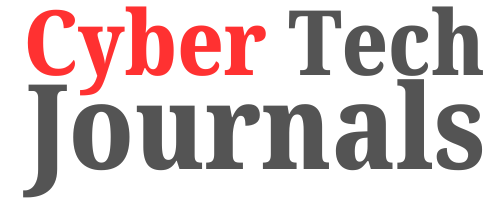
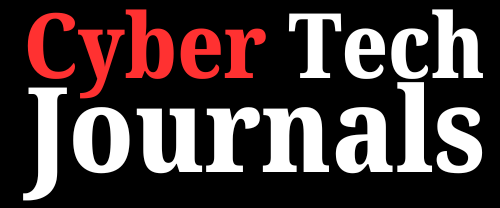

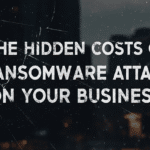

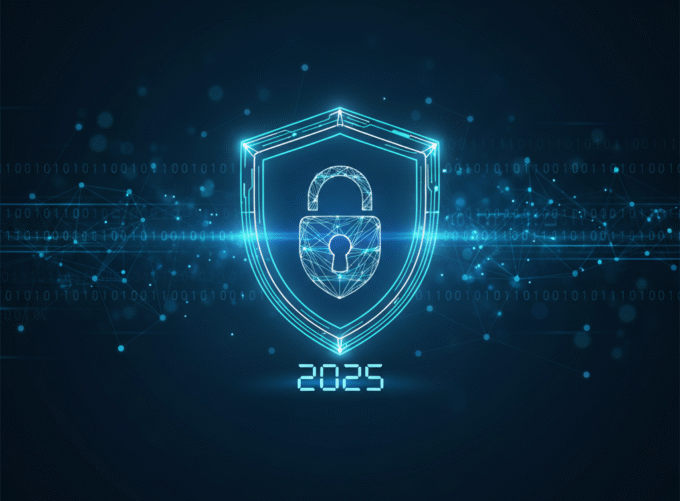


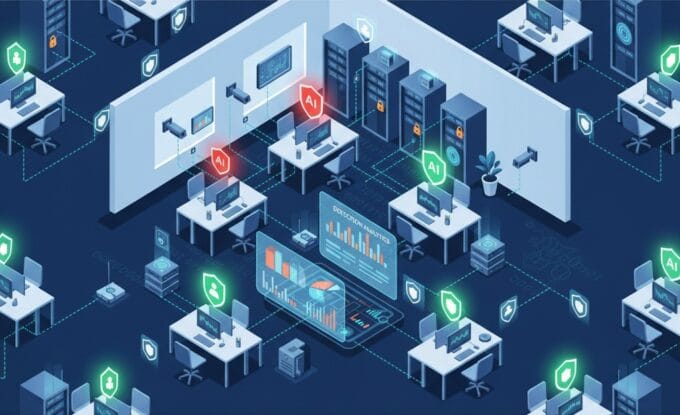







Leave a comment